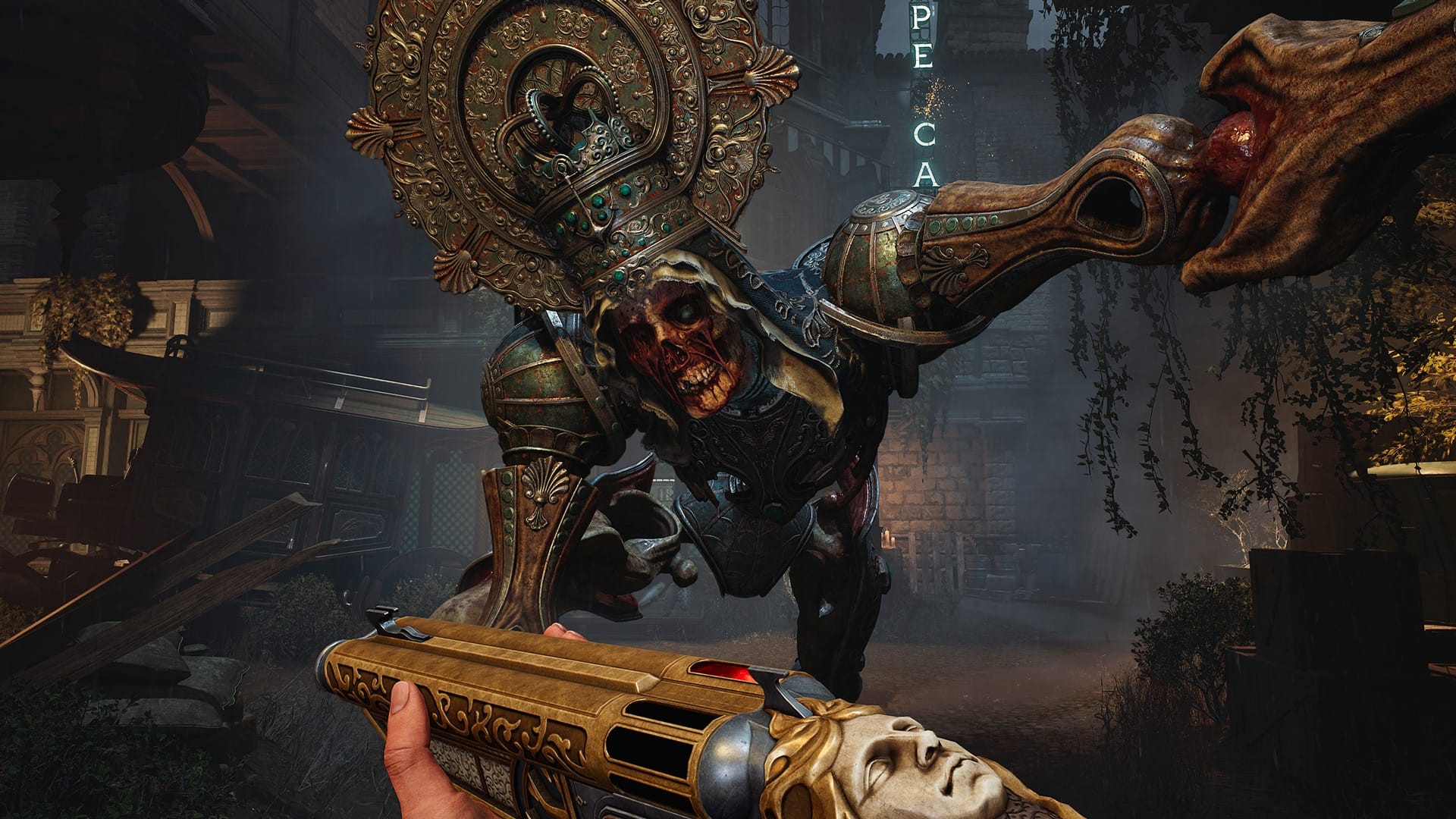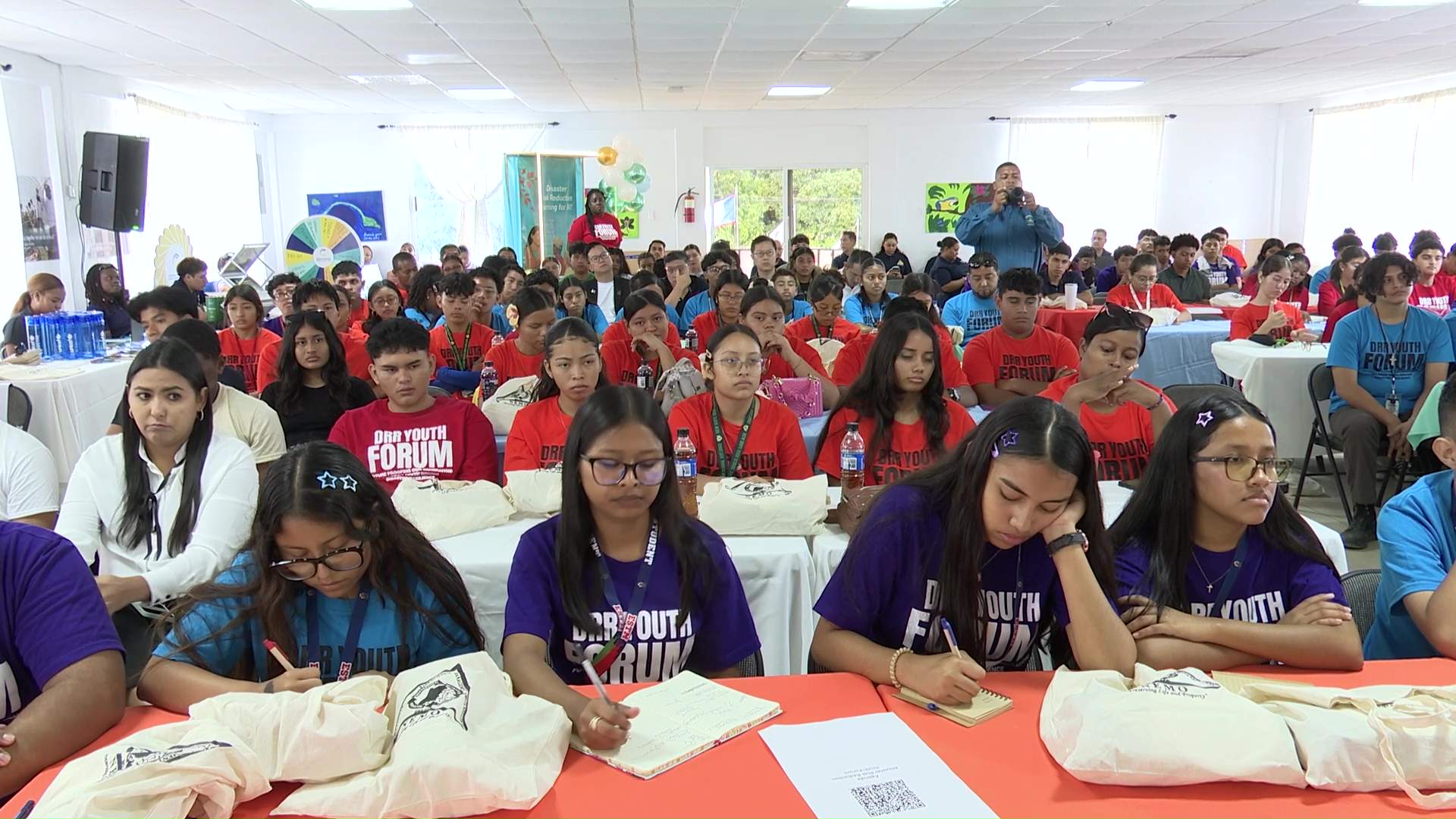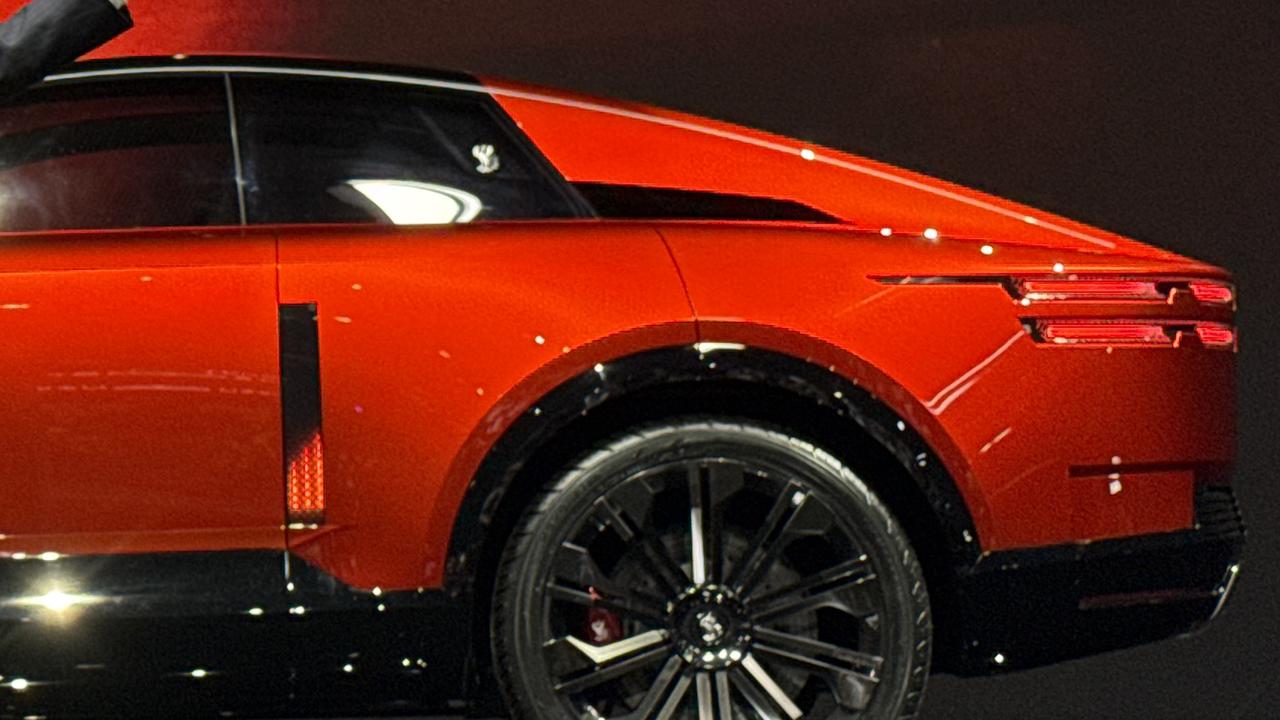Copyright shacknews

Back at Tokyo Game Show in September, I had the chance to sit down with David Carrasco, the CEO and co-founder of Vermila Studios and the executive producer on the upcoming Crisol: Theater of Idols. The game is a survival horror first-person shooter that leans heavily on the survival and the horror. Crisol takes place on the Island of Tormentosa in Hispania, a nightmarish version of Spain, tainted by corrupting religion and a blood curse that fuels your weapons and health. At this point, I feel that over the last two years, I have been on something of a Blumhouse Games beat. I talked to some of the team members of high school–set Fear The Spotlight back at Summer Games Fest 2024 in LA, when the new publisher made its big splash entering the games industry. Since then, I have interviewed the folks behind The Eyes of Hellfire about their gothic Irish multiplayer game. As a big horror fan, I am by no means complaining about this — in fact, I’ve been continually impressed by how unique and singular each game Blumhouse has signed has felt, despite all being within the same wider genre. Blumhouse brethren When I asked Carrasco about why the Hollywood-based publisher sought out his and his peers’ games he explained, “I’m not Blumhouse, I cannot speak for them, but I think what is really important for them is that you have vision. That you are not just making a game, but that your game tries to explain something and has an essence.” When it comes to how a developer does that, Carrasco went on to tell me, “In many cases, you speak from what you know, and we know Spanish folklore.” The game doesn’t just focus on folklore, but the scars left by Spain's complex relationship with religion, from Paganism to Catholicism. This is addressed in-game through two fictionalized groups: one a “religion of the sun,” the other “the cult of the sea.” In an era when games across the globe are getting canceled mid-production due to the "increasingly intense" US political climate, I asked Carrasco if convincing a publisher to support a game with potentially controversial topics inspired by very real political and religious history was difficult. “We discussed [with Blumhouse] that it was [inspired by] Spanish folklore, but you didn’t need to know anything about it. That it would be interesting to you even if you didn’t study Spanish history,” and while Blumhouse seemed receptive to this pitch, Carrasco explained that not every publisher the team spoke with felt the same way. “Some publishers that we visited, they either wanted to remove some of it or they were wondering whether someone that didn’t have that connection would be interested [in the game].” This aspect of the pitching process seemed like it frustrated Carrasco. He talks about how the team would explain that with lots of other games, players can get over a cultural hurdle if the game itself can hook them with its gameplay, style, or premise. “Some people don’t know anything about Samurai or Japanese culture,” he explained, “but then you play and you get excited about it, because it's so exotic and it's so unique, and different.” From there, Carrasco feels that players begin to learn and understand what makes different cultures interesting through this immersion. “It’s a way to introduce, in our case, this is not Spain. It’s a completely twisted [version of the country], but there’s a lot of Spanish flavor there. We’ve taken a lot of things from different eras, and regions, and art styles, so it can give you that glimpse, that idea of ‘Oh, I would like to know more about this. Where did it come from? Maybe I can visit Spain sometime and discover the cathedrals and how they connect with the Crisol version.’” Connected to faith Some of the influences that Carrasco mentions here can be spotted very quickly if you watch a trailer or play the demo. The first-person horror and monsters that stalk you through locations are clearly derived from Resident Evil games, while the shooting and light stealth folds in the highly animated Bioshock-style gunplay and immersive sim elements. However, I wanted to know a bit more about some of the inspirations that players might not key into as quickly, and so I asked Carrasco about what was the driving force behind Crisol’s unique world design and where it came from, one or two parts of Spanish history or folklore in particular. “In terms of art design, we really wanted to have coherence,” he explained. “So sometimes you play games that are a lot of fun, but you notice that they didn’t invest that [same] amount of time or that effort in the art direction, where one thing does not feel connected to the rest of the environment… or, ‘Why is this person dressed like that?’” To avoid this, the team set out to create cultures and locations that felt like they made sense within the world and connected to each other. “We really put in [a lot of] effort in creating a coherent, structured art direction… In Tormentosa, there’s the Cult [of] the Sea, so everything has that sea connection, either in color, in shape, [or] decorations, and you don’t feel like anything is out of place.” However, he is also quick to highlight that, “Crisol means crucible, like a [place where you] mix a lot of things. So we mixed a lot of elements from different places [in] Spain, but we didn’t want them to feel like ‘Oh this cathedral does not belong here,’ so we spent a lot of time and effort in making it kind of natural.” It's in the blood While most of Crisol’s gameplay elements have easily identifiable inspirations, one in particular feels wholly singular. You see, in Crisol, unlike other survival horror games with guns, you aren’t scavenging for ammunition, because your very own blood acts as your bullets while also being your lifeblood. This means that if you are totally out of shots in your gold-encrusted shotgun, you can tranmute a big chunk of your health bar into the barrel of your shotty and hope you land a clean hit on whatever is stumbling towards you. Occasionally, as you come across rotting corpses in the street, you’ll find something fresh enough that you can absorb its hemoglobin (presumably) into your health bar and then redistribute it into your weapons from there. It’s an interesting risk/reward balance that both consolidates the usual health and ammo inventory management of these games into one resource, while also forcing you to make tough decisions. Carrasco told me about the thought process and inspiration behind this mechanic from two different directions. “First one is [that] survival horror games have slowly become less survival and more action. They give you a lot of ammunition, your weapons become more and more powerful, and you don’t feel that the horror is [very] challenging. The creatures that attack you, you can defeat them sooner or later.” He elaborates that, “by adding that blood mechanic, you always have to concentrate on how [much] health you have, which weapon is best for each enemy type, or the amount of enemies you have on screen and how to approach the situation.” That is the gameplay reasoning behind the mechanic; however, the team was also attracted to this idea because of its striking iconography and how it folds into the game’s narrative. “The more religious aspect of it is how you sacrifice your blood to your god to be able to defeat the enemies.” Carrasco describes creating ammo almost like a sacrament, saying, “You are taking your blood and you are making it divine, so then it becomes a weapon that can defeat the monstrosities that are attacking you.” Reveling in rare reliquaries The layering of religious imagery on top of gameplay mechanics to create an atmosphere is something of a recurring theme with Crisol, and something the team often stumbled into quite naturally while doing research. This can best be seen with the game’s ostentatious weaponry. When you first pick up a revolver or shotgun in Crisol, it looks rather regular, all things considered. However, when the soldier of a religious order you play as first infuses his blood into one of these guns, they become encrusted with jewels and a golden finish akin to a 16th-century religious sceptre. Carrasco explains the real-world inspiration behind this transformation, telling me, “Once [we started] digging into [religious history], then we were discovering a lot of things about saints and how they preserve the relics.” He talks about how your weapons are equivalent to reliquaries, which are “like containers for the divine,” and in the real world often house the remains of saints or divine figures as well as objects said to have been owned by them. “They use the same materials as reliquaries — [gold,] ivory, and very expensive wood — and that contrasts with the weapons that you find… and then the blood is what is divine, so it holds a divine element [inside].” All of this amounts to something that feels meaningful. This isn’t religious imagery for the sake of courting controversy or grabbing a quick headline or two. Carrasco and the team at Vermila Studio seem invested in breaking down religious ideas through gameplay and the world they have built. The result is a game that feels authentic to the region while also willing to comment on the history and culture that it represents, and I can’t wait to see where it takes these ideas when it releases. This preview is based on a PC demo played on-site at Tokyo Game Show in Japan. The final product is subject to change.



